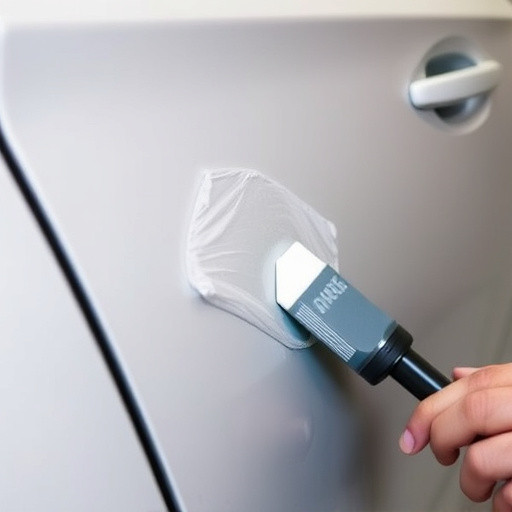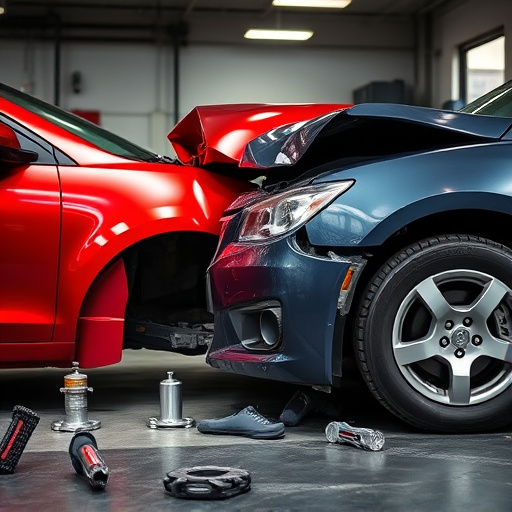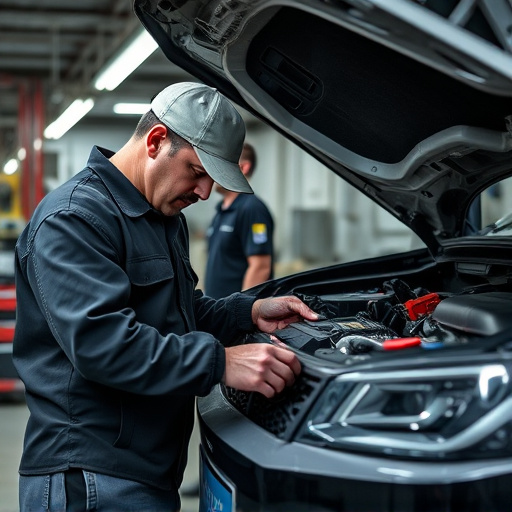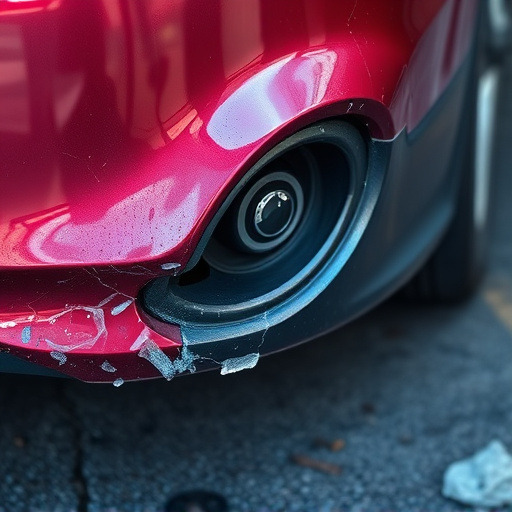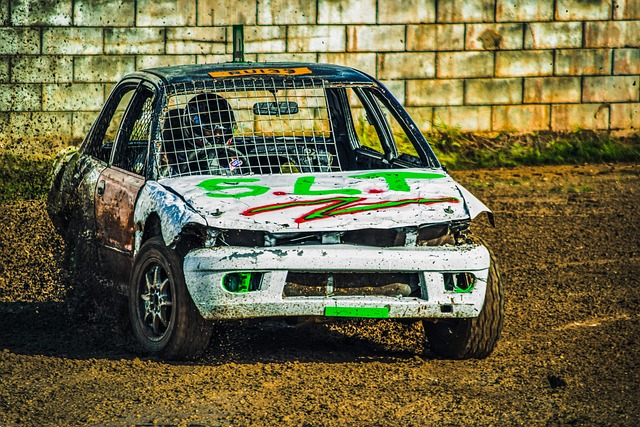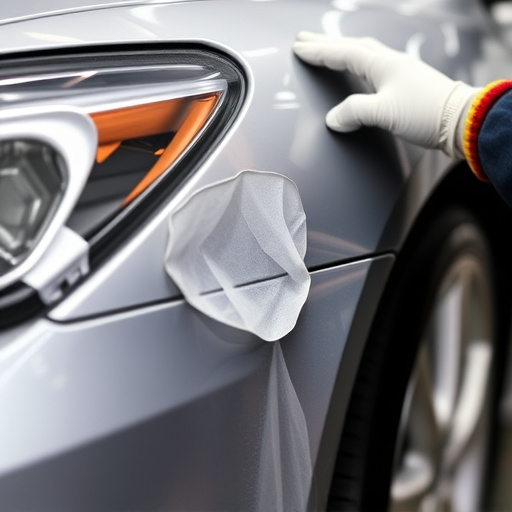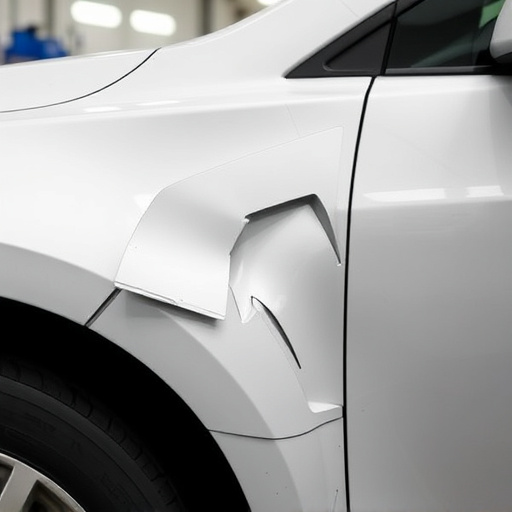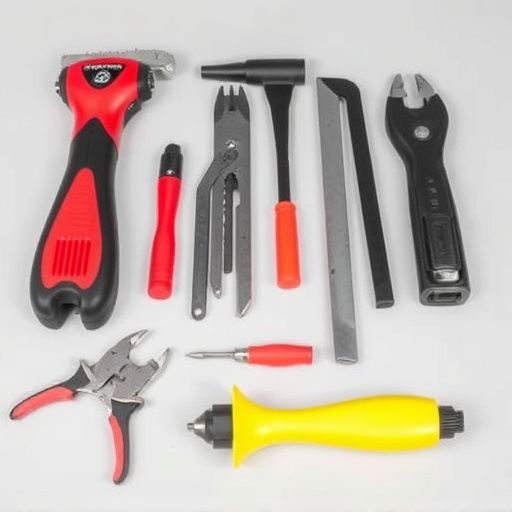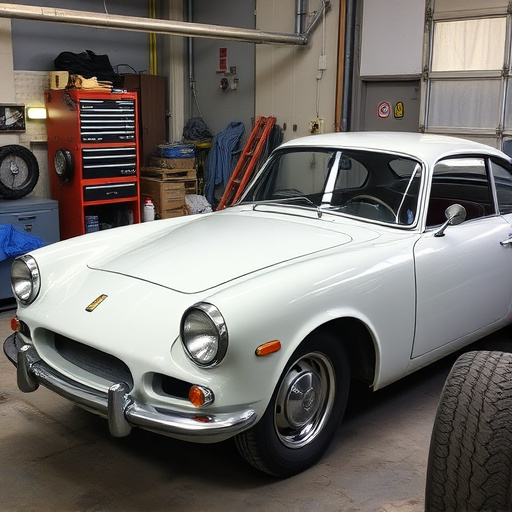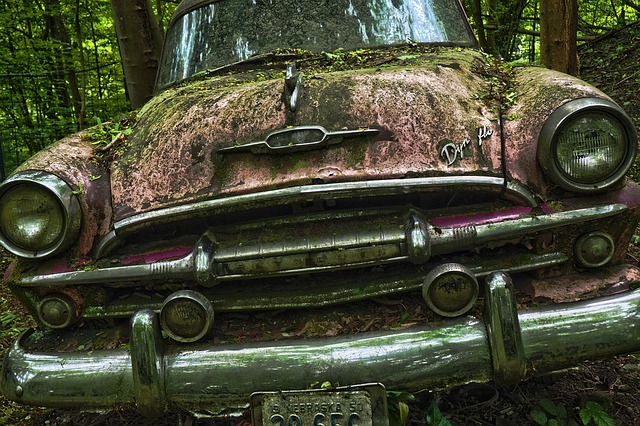Post-accident frame analysis involves skilled technicians meticulously inspecting a vehicle's structure and dimensions using specialized equipment to identify damage and misalignments from collisions. This process guides repair prioritization, including frame straightening, body panel repairs, and component replacements, ensuring structural integrity and driver safety.
Discover the crucial process of a post-accident frame analysis test—a critical step in understanding and improving safety. This comprehensive guide breaks down the intricate steps involved, from initial assessment to data interpretation. Learn how this analysis provides valuable insights into vehicle dynamics and human behavior during collisions. By understanding the results, stakeholders can implement informed changes, enhancing overall safety measures. Explore these sections to master the art of post-accident frame analysis.
- Understanding Post-Accident Frame Analysis
- The Step-by-Step Process of Testing
- Interpreting Results and Moving Forward
Understanding Post-Accident Frame Analysis

Post-accident frame analysis is a critical process that involves meticulous examination and evaluation of a vehicle’s structural integrity after a collision. It goes beyond visual inspection, employing advanced techniques to assess the impact on various components, including the chassis, suspension systems, and car bodywork. This in-depth analysis aims to determine if the vehicle is safe to drive or requires extensive repairs, such as frame straightening and car paint repair.
Specialized equipment and trained technicians play a pivotal role in this process. They use specialized tools to measure and compare the original dimensions of the car with its current state after the accident. The goal is to identify any misalignments or damage that could affect driving dynamics and safety standards. By understanding post-accident frame analysis, drivers can gain insights into the extent of potential repairs needed for their vehicles, ensuring they return to the road safely and reliably.
The Step-by-Step Process of Testing

During a post-accident frame analysis test, the process begins with a thorough inspection of the vehicle’s structure and frame. This involves a skilled technician examining the car from top to bottom, checking for any deformation, cracks, or misalignments caused by the collision. They use specialized tools to measure and compare key points on the frame, ensuring it remains structurally sound and safe for the road.
The next step is to assess the extent of any damage to individual components, such as the body panels, suspension systems, and wheels. This often includes visual inspections, along with advanced diagnostic scans using computer-aided design (CAD) software. Once all damage has been accurately identified, technicians can begin quoting repair costs and discussing hail damage repair or collision repair services needed to restore the vehicle to its pre-accident condition, ensuring top-quality autobody repairs.
Interpreting Results and Moving Forward

Interpreting the results of a post-accident frame analysis is a critical step that offers valuable insights into the extent of damage and guides the subsequent repair process. This analysis provides a detailed breakdown of the vehicle’s structure, allowing experts to identify any misalignments or structural weaknesses caused by the incident. By understanding these findings, repairs can be tailored accordingly, ensuring precision and quality.
Moving forward from this analysis, the next steps involve prioritizing the identified damage. This may include referring specific issues to specialized services such as tire repair or vehicle body repair, ensuring that every element of the car is addressed properly. The goal is to restore the vehicle to its pre-accident condition, enhancing safety and performance while incorporating any necessary upgrades for improved durability in the future.
Post-accident frame analysis is a critical process that helps organizations understand and learn from past incidents. By systematically deconstructing events, identifying root causes, and evaluating responses, companies can make informed decisions to enhance safety protocols and prevent future occurrences. This data-driven approach ensures that each accident is not just an isolated incident but a valuable opportunity for continuous improvement, ultimately fostering a culture of safety and accountability.


